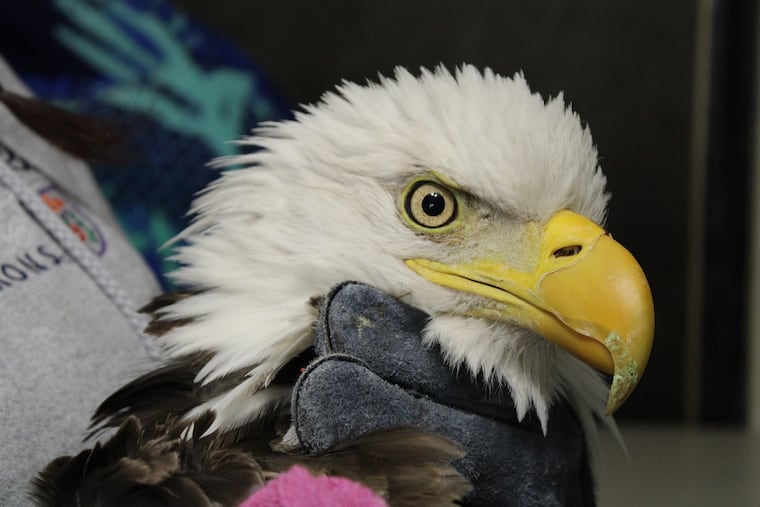Bald eagles are being poisoned by lead ammo in hunted animals. Could copper bullets be the fix?
Conservation brought back bald eagles from the brink of extinction. Could lead poisoning undo those gains?

Conservation brought back bald eagles from the brink of extinction. Could lead poisoning undo those gains?
